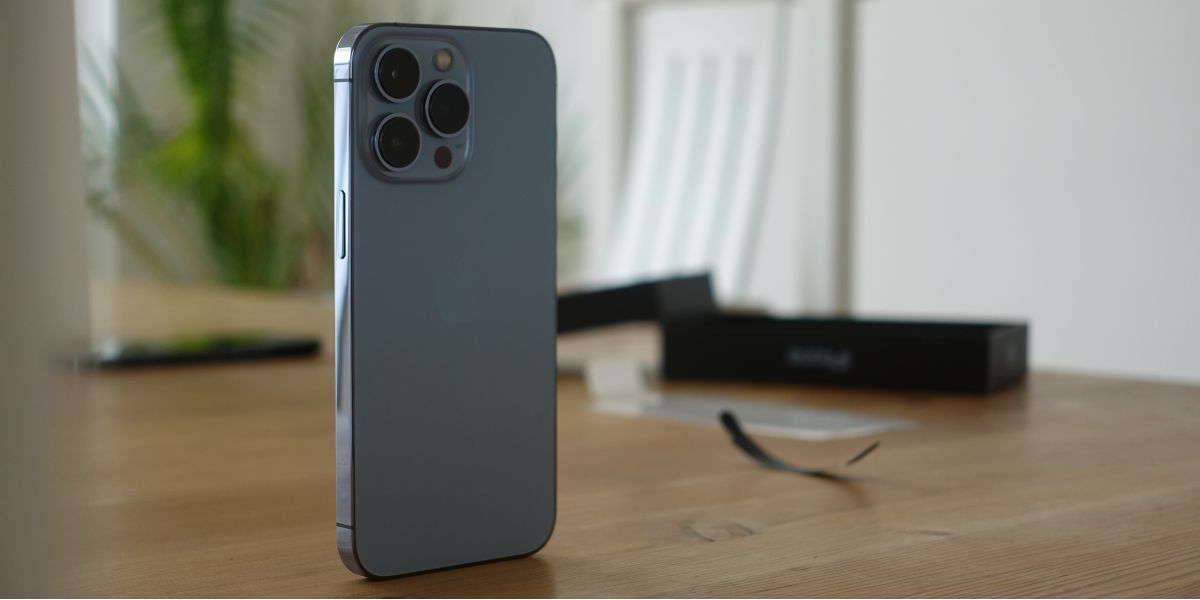
When considering the right smartphone for your needs, you find yourself amid a sea of options, each boasting various features and functionalities. It's crucial to begin by understanding your requirements and preferences to ensure the chosen device aligns seamlessly with your daily routine and tasks. As you navigate the vast array of smartphones available, keep in mind the importance of striking the perfect balance between performance, usability, and features that cater to your unique needs.
Evaluating Your Usage Patterns
When choosing the right smartphone, consider your daily activities and how you use your current device to evaluate your usage patterns. Think about whether you mainly use your smartphone for work, social media, gaming, or photography.
If you spend a lot of time on social media, a phone with a good camera for selfies and high-quality display for viewing content might be essential for you. On the other hand, if you use your phone primarily for work, consider a device with a long battery life and efficient processing power to handle multitasking.
Reflect on the apps you use the most and how they impact your phone's performance. If you often find yourself running out of storage space due to numerous apps or large media files, opt for a smartphone with expandable storage or ample internal memory. Understanding your usage patterns will help you narrow down your options and choose a smartphone that best suits your needs.
Considering Camera and Display Quality
Consider how the camera and display quality of a smartphone can enhance your user experience based on your usage patterns. If you enjoy capturing moments and sharing them with others, prioritize a smartphone with a high-quality camera. Look for features like multiple lenses, high megapixel count, and advanced image processing for clear and vibrant photos. A good camera can make a significant difference in the quality of your photography and video recording.
Similarly, the display quality plays a crucial role in your overall smartphone experience. If you frequently watch videos, play games, or read content on your device, opt for a smartphone with a high-resolution display and vibrant colors. A crisp and bright screen not only enhances your visual experience but also reduces eye strain during extended use.
When choosing a smartphone, consider how the camera and display specifications align with your usage habits to ensure that you get the most out of your device. Prioritizing these features can significantly elevate your smartphone experience.
Assessing Battery Life and Performance
To optimize your smartphone usage, regularly monitor and assess the battery life and performance of your device. Battery life is crucial for ensuring that your smartphone can last throughout the day without constantly needing a recharge. Check the battery capacity in mAh (milliamp-hours) to gauge how long it will last on a single charge. Additionally, pay attention to how quickly your phone drains battery during typical usage.
Performance is another key factor to consider. Look at the processor type and speed, as well as the amount of RAM in the device. A faster processor and more RAM generally result in smoother performance, quicker app loading times, and seamless multitasking capabilities. Keep an eye on how your phone handles various tasks and applications to assess its performance.
Comparing Operating Systems and User Interface
Exploring various operating systems and user interfaces can offer you insights into the diverse features and functionalities available across different smartphone models. When comparing operating systems, consider Android, iOS, and others. Android is known for its flexibility and customization options, offering a wide range of devices at various price points. iOS, exclusive to Apple devices, is praised for its user-friendly interface and seamless integration with other Apple products. Other operating systems like Windows and KaiOS cater to specific user preferences.
User interface (UI) is equally important as it determines how you interact with your smartphone daily. Assess whether you prefer a clean and minimalist design like iOS or a more customizable interface like Android. Look for features such as app organization, navigation gestures, and quick settings accessibility. Some UIs offer additional functionalities like split-screen multitasking, one-handed mode, or themes customization.
Ultimately, selecting the right operating system and user interface depends on your personal preferences and how you use your smartphone on a daily basis. Make sure to choose one that aligns with your needs and enhances your overall user experience.
Reviewing Storage Capacity and Expandability
When assessing smartphones, evaluating the storage capacity and expandability is crucial for accommodating your data needs and future growth. The storage capacity of a smartphone determines how many apps, photos, videos, and files you can store on your device. If you tend to download many apps, take numerous photos, or record videos frequently, opting for a smartphone with larger internal storage would be beneficial. Consider your usage patterns to determine the minimum storage capacity that would suit your needs.
Additionally, expandable storage allows you to increase your device's storage capacity using external memory cards. This feature is handy if you foresee needing more storage in the future but don't want to invest in a higher internal storage variant initially. Check if the smartphone you're interested in supports expandable storage and up to what capacity. Keep in mind that not all smartphones offer expandable storage, so factor this in when making your decision.
Assessing both internal storage capacity and expandability options will ensure your smartphone can handle your data requirements effectively.




